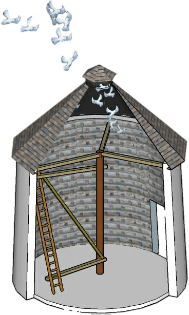
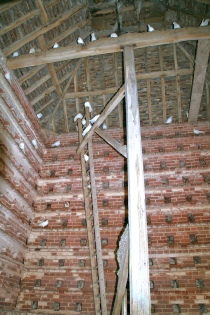
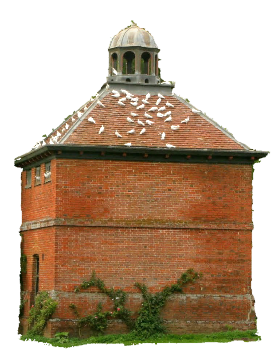
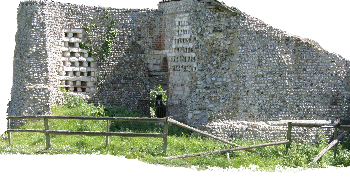
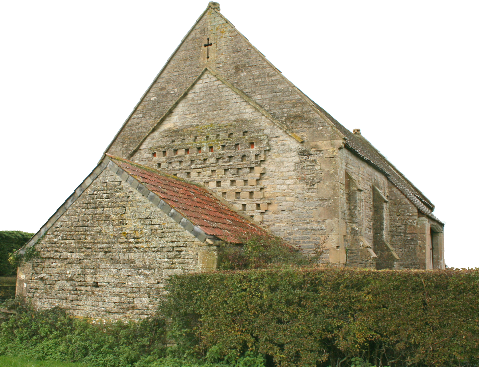
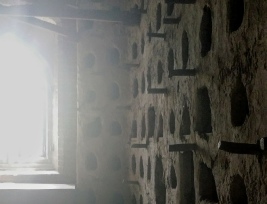
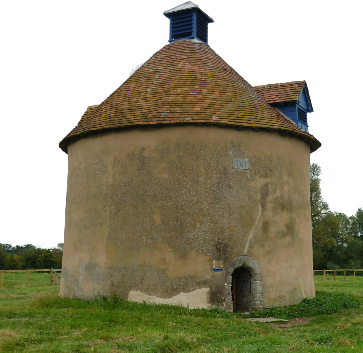
| Farmsteads |
| Additions and Associated Buildings |
| Mills, Gins etc. |
| Horse Power |
| Cart Sheds & Granaries |
| Dovecotes |
| Other Outbuildings |
| More Mills |
| stables |
| Carts & Cartsheds |
| Granaries |
| More Dovecotes |
| Regional Barn Types |
| Design Issues |
| External Features |
| Truss Types |
| Truss Examples |
| The Carpenter & His Tools |
| Makers & Recyclers |
| McCurdy & Co |
| Antique Buildings |
| Suffolk Reclamation |
| Faversham Joinery |
| Aisled Barns |
| Bank Barns |
| Barn Conversions |
| Box-frame Barns |
| Brick Barns |
| Cob Barns |
| Cruck Barns |
| Lost & Ruined Barns |
| Mud & Stud |
| New Builds |
| Post & Truss |
| Prodigy Barns |
| Stone Barns |
| Anatomy of an Aisled Barn |
| Titchfield Abbey Barn |
| Timber Clad Aisled Barns |
| Stone or Brick Aisled Barns |
| Abbot Lodge Farm |
| Trerice Great Barn |
| The Corn Barn, Devon |
| Hayne, Devon |
| Higher Eggbeer Farm, Devon |
| Kestle Barton |
| Abbey Farm, Woodhall Spa, Lincs |
| High House Farm |
| Julia's Poultry Barn, Hagworthingham, Lincs. |
| Acton Scott Aisled Barn |
| Bedales Lupton Hall |
| Bedales Memorial Library |
| Chithurst Buddhist Meditation Hall |
| Craven Arms Cruck Barn |
| Penistone Market Hall |
| Woodland Trust Cruck Barn |
| Wychurst, A Saxon Hall |
| Basing House Great Barn |
| Godwick Manor Barn |
| Hales Hall Barn |
| Waxham Great Barn |
| Arch Brace & Raised Cruck Trusses |
| Triangular Truss Barns |
| Other Stone Barns |